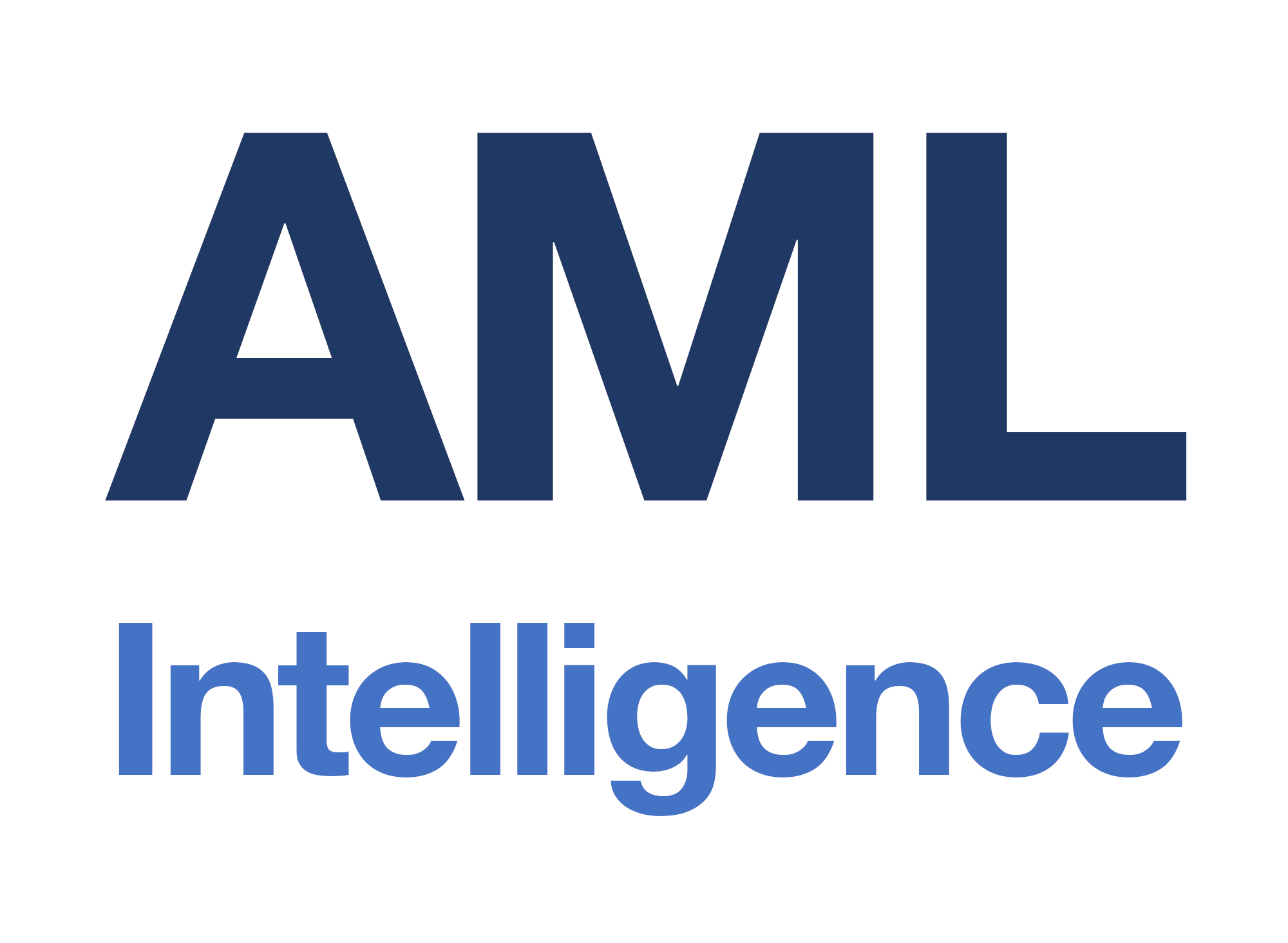
By Rachel Dettmer
I recently had the pleasure of attending the European Anti-Financial Crime Summit in Dublin, hosted by AML Intelligence, alongside 400 delegates from across the UK and Europe.
More than 40 global speakers discussed industry developments and pressing issues, and it was later hailed as the “event of the year” by former FATF President Marcus Pleyer.
One of those speakers was my colleague, Kevin Lee, Director, Financial Crime Technology at AML RightSource. He covered the topic of how technology can be best harnessed for regulations and financial crime.
If you missed the speech or want a recap, I asked Kevin some of the questions that featured in the summit and here is is a comprehensive summary encapsulating the main points discussed on the day and again during my interview with him.
Q: Can you give us an overview of technology in compliance today?
A: The compliance technology landscape has experienced remarkable growth and development over the past decade.
Considerable emphasis has been placed on establishing standards for data quality, data governance, data reconciliation, transaction monitoring, threshold tuning, and sanctions match capability testing to form an effective and robust framework that governs the under-monitoring risk of transaction monitoring, sanction screening, and KYC.
However, that doesn’t mean that all of our clients or banks in the industry are at the same point on the spectrum.
Some institutions are still laying the foundation for effectiveness and exploring the most suitable risk appetite and tuning approach that works best for them.
On the opposite end of the spectrum, certain banks have solidified their foundations for maintaining these FCC models. They are now shifting their attention toward advanced technologies such as Artificial Intelligence and machine learning.
Q: Where is the industry heading?
A: Over the next decade, the focus will be on enhancing efficiency, similar to how previous efforts were centered around creating an effective framework for managing the under-monitoring risks present in our current state FCC systems.
This means utilizing the 90-99% false positives found in existing systems, which are currently discarded, and learning from them by feeding them into AI models for pattern recognition and machine learning.
The potential of AI to contribute to current state systems cannot be overlooked.
Now that’s not to say there aren’t issues with AI and machine learning, it’s not a cure-all. We as an industry must learn how to operationalize these somewhat abstract and relatively new concepts while ensuring appropriate human oversight and quality control over the results.
It’s a conversation that needs to be had by every bank on a case-by-case basis.
Whether or not you are ready to implement artificial intelligence into your TM, sanctions, or KYC models for enhanced efficiency or whether you’re still in the stage of implementing an effective framework – there needs to be a position on AI, and some thought about how you are going to provide oversight and how it is going to be tailored to your risk appetite as it is not a one-size-fits-all solution.
It’s also important to discuss Robotic Process Automation (RPA), AI’s less glamorous counterpart.
RPA involves identifying routine, repetitive tasks and developing “dumb” code to minimize human intervention. It is an area of primary focus for firms like AML RightSource to introduce organic workflow efficiency gain.
For banks, this requires taking a step back and reviewing their end-to-end process workflows to pinpoint bottlenecks and opportunities where analysts may not add value through repetitive tasks that consume significant time while offering minimal benefits.

Such efficiency evaluations should be conducted consistently across all operational workflows, particularly in compliance, where historical opportunities exist to gain efficiency in data collection of various media sources, across TM, for KYC processes, and vice versa.
Q: What are the three key takeaways?
1. Manage your under-monitoring risk
Wherever you are on your financial crime compliance technology journey – whether that’s implementing an initial framework or pushing the industry forward with AI, machine learning, and automation for efficiency gains – a model risk management framework is essential to manage your under-monitoring risk and ensure long-term sustainability.
To succeed, this framework must include tuning and optimization, data governance, and proper model governance and oversight.
2. Bad data in means bad data out
Navigating the complexities of enterprise-wide data is the number one conversation I have with my clients in regarding challenges, and for some of the largest banks in the world, this challenge cannot be resolved in a week or even by a project or two.
The story of compliance technology data is the story of enterprise-wide data.
Few functions at a bank rely on end-to-end customer data and other data workflows like compliance does, so there needs to be a lot of attention paid to it because bad data in means bad data out.
There needs to be a solid foundation, even if you are moving towards AI, so data can be accounted for, managed, and governed to ensure reliability.
It’s also worth noting that for an institution as large as a tier-one multi-million national bank, there isn’t, I would say, a requirement for 100% data quality, as dealing with billions of records makes this incredibly difficult to achieve.
Nonetheless, there should be a sustainability framework around managing data to withstand some level of issues, whether it relates to consistency, validity, completeness, or any other dimension of data quality.
3. Shape the conversation
The final point to note is risk appetite. It is crucial for banks and financial institutions to have their own conversations about risk appetite.
Of course, the industry can improve by creating more prescriptive standards and publishing more literature to help guide the industry in terms of subjective decisions.
But ultimately, the risk appetite will always lie with the bank, and the right people must be in the room to discuss the institution’s risk tolerance aligned to the risk profile, and support this with quantitative evidence to allow the bank to stand behind its decisions and shape the conversation.
Our advisory services have helped financial institutions across the globe for decades. If you want to find out more about how our experts can help you reach your goals, fill out our contact form, and we’ll start the conversation.
Share this on:
Follow us on:








